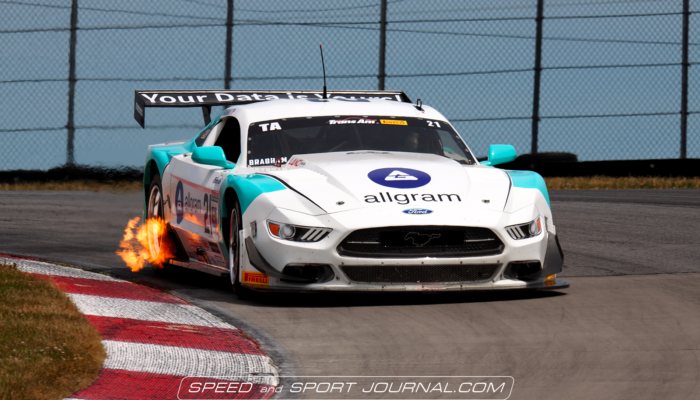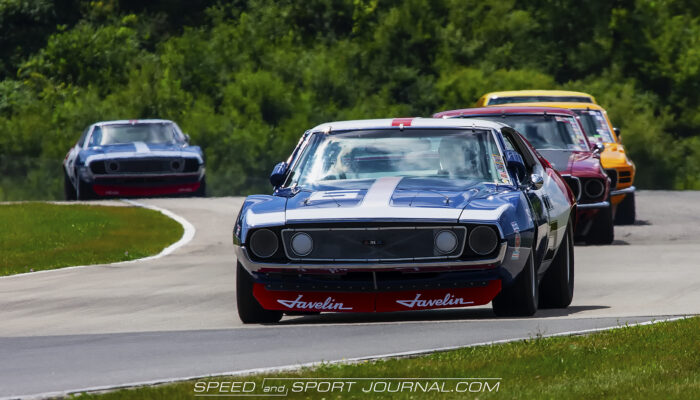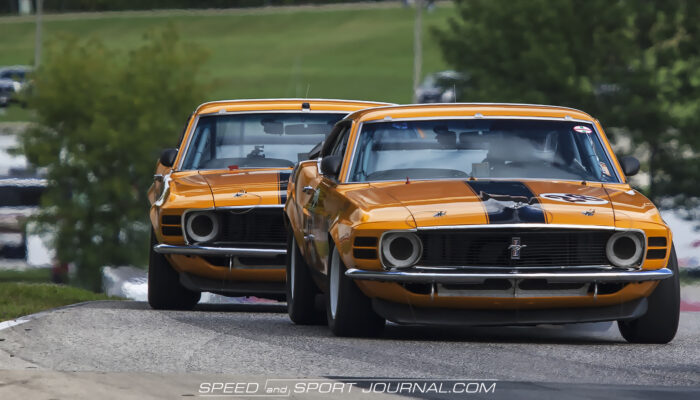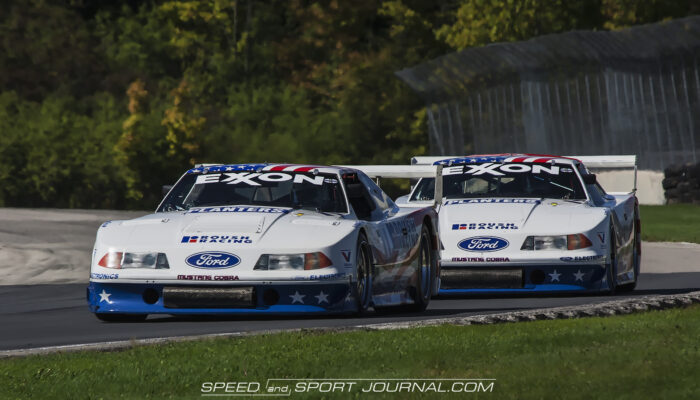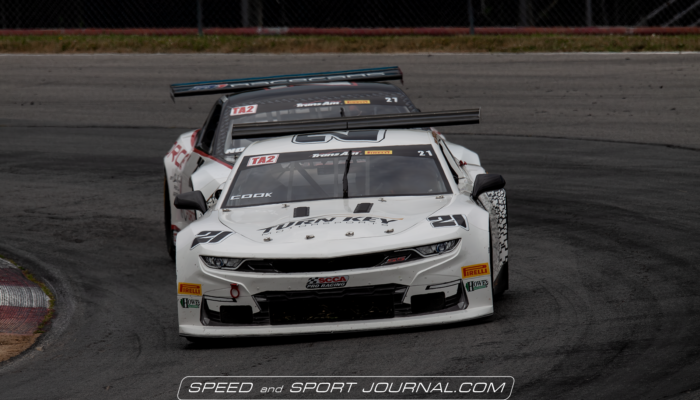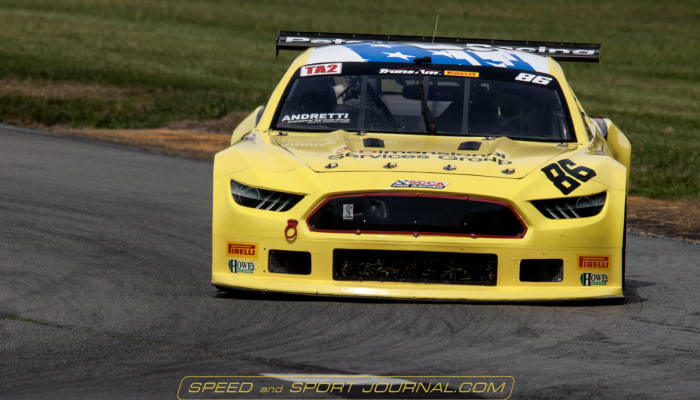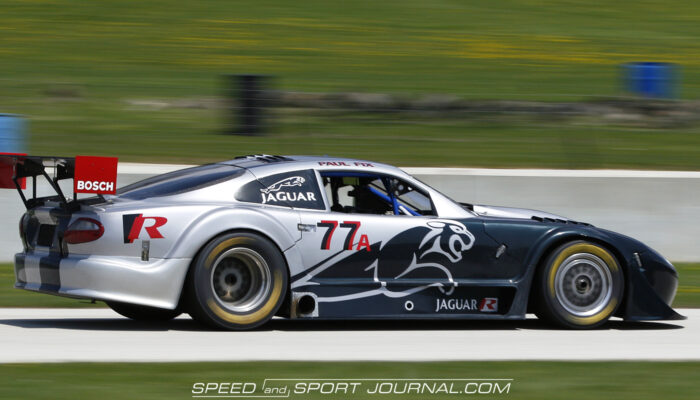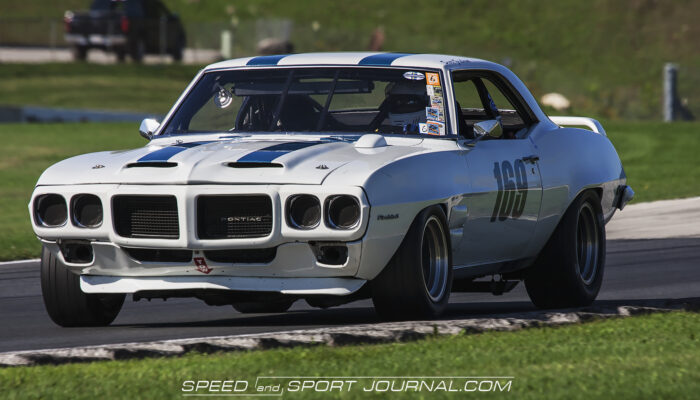Growing up in the big city, my only exposure to racing was occasional television broadcast. Only the Indianapolis 500, and the Daytona 500 were regularly broadcast. Every so often ABC’s Wide World of Sports would show sports car racing, or drag racing. I never attended a race in person until I was an adult. But that never impacted my love of cars, and racing. I had been reading books and magazines about racing since 5th grade, and read every thing I could get my hands on.
One day (I don’t remember when) I came across a race on tv I had never seen before. What excited me about it was the cars competing were Mustangs, Camaros, Challengers, and Javelins. The cars that most of us kids stared at in countless magazines and ads, were racing on a road course somewhere. I had discovered Trans AM racing and wanted to know more.
In front of the “L” train station near my house stood a news stand. The guy there knew me as the kid that always came by looking at car, and racing mags. When he got something new he thought I might be interested in, he would put it aside until next time I came by. The day I came by to ask him if he could find something on Trans AM, He reached under the counter and handed me a magazine on sports car racing. From then on I followed the series as best I could, built models of most of the cars, and also started following Can-AM racing as well. Now here we are many years later, and I still feel the same excitement watching Trans AM as I did back then
From its beginning in March of 1966, Trans AM has had a long and varied history. It has gone through many phases to get to where it is today. Their own history on their web site list the several different era’s it has gone trough. Trans Am’s darkest period came in 2006 when SCCA Pro Racing shut down the series. It didn’t come back until 2009. New rules based on GT1 brought renewed interest, and its popularity has steadily climbed since then. Still after all the ups and downs, it’s evolution from production based cars, to tube frame purpose built cars, the excitement level has never waned.
Trans AM has gone through more changes since it’s beginning than most other racing series of the same age. Having been started in the (win on Sunday, sell on Monday) days of racing, it didn’t take manufacturers long to become interested and start investing money in teams with their brand. Another trend that continues to this day is the desire of top drivers from other disciplines to compete in this series. Todays drivers range from 16 year old kids starting out, to championship winning veterans who have retired from other series, and now race just for the enjoyment of racing. Then are the pure Trans AM vets who have been in the series for their entire career.
Todays top tier fire breathing Trans AM cars are a world away from the cars I first saw. Although the bodies are made of differ4ent materials, they are still true to what a Trans AM car was, and should be. Todays series is split in multiple categories, TA, and TA2 are the most popular. When you see these machines on track, it is easy to understand why. Todays TA2 cars most resemble the original cars, and this always the most crowed starting grid.It’s been a long time, and my hair was a different color, since I first discovered Trans AM. But the feeling I have about this series is still the same.
Joel

